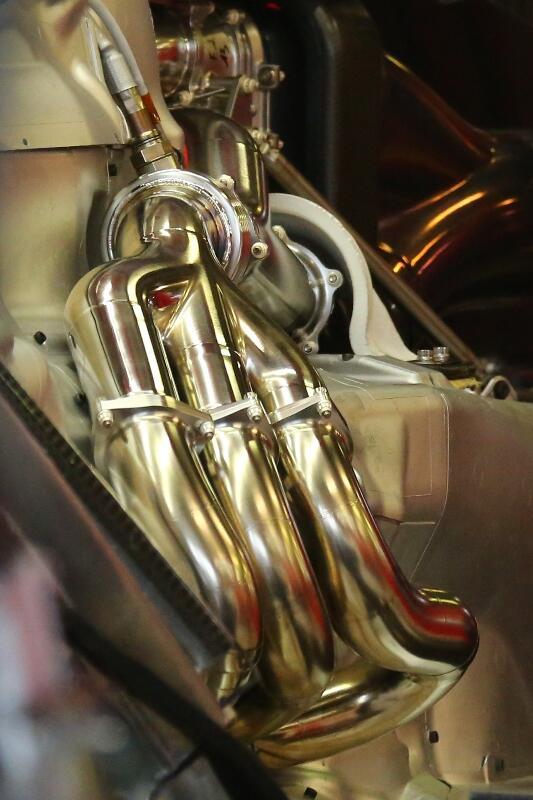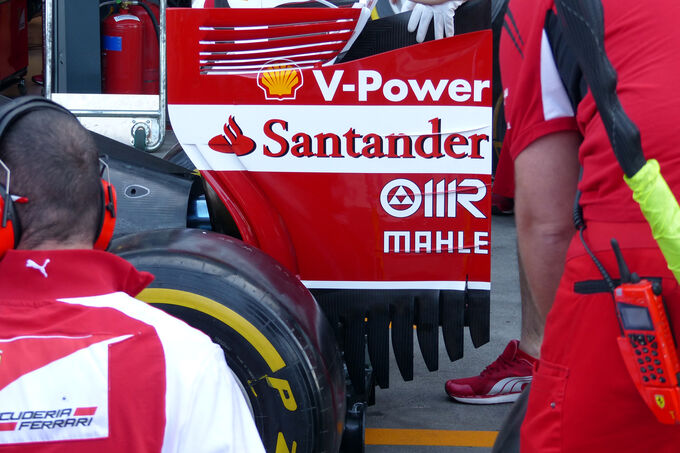bhallg2k wrote:
varied downforce levels aren't a fresh problem for F1,
Indeed, they are not. However, when front wheels are in the path it becomes a whole lot more important. Pre-2009 era it wasn't that much of a problem. The front wing was far enough off the ground to not be affected by it, and the front wheels were out of the airflow. It was rather drivable in such sense.
Now, the front wing is close to the ground, and with more of rake this gets closer to the ground. I think we all know what happens when the wing gets closer to the ground and can give quite a nasty lack of downforce when the wing gets to close to the ground.
I recall that several teams initially had issues with detaching and reattaching the boundary layer from the rear wing elements during and after DRS use. The wings were prone to stalling unevenly across the span, which made performance unpredictable.
True, although I wouldn't compare it to the issue front wings have. The DRS was a simple case of an on/off state and the delays given in such a situation. It's problem did not become bigger or smaller under braking or yaw, and that is exactly where the problem of front wings lay, Their performance is based on yaw, proximity to the ground and position of the wheels, which change all the time, every turn. For the DRS and it's delay, not so much, the delay is the same everywhere. Yes, it was unpredictable, but it happened in the same sense every time.
But, perhaps I overstated my case earlier. I'm not trying to imply that this is some earth-shattering revelation handed down to me from on high. Not at all. It's just that even modest aerodynamic gains in this area can reap significant rewards.
Think about it: If a team manages to gain x-points of downforce only during yaw, the net benefit of that gain is effectively 2x-points, because the team doesn't have to carry around that additional downforce (drag) onto straights where it's not needed. And if your rivals can't replicate those gains, the benefits are enhanced even further, because you're doing something they simply cannot do. (Lookin' at you, Stefano.)
When you are doing something for the corners it also does something or the straights. The issue is kind of hard due to the different positions of the front wing. Your wing will give different performance whether your wheel is turned 10 degrees or 15 degrees. Not only that, but this then also is different between the left and right side. Also, 10 degrees and 20mm above the track will be different compared to 10 degrees and 10mm and so fort.
This makes your gain under yaw different for any position. because, when the wheel is turned 20 degrees it could maybe give only 70% of it's gain, and 95% when turned 10 degrees for example.
And that is where the need for slots come from, to make this change between 10 and 15 degrees or 20mm and 5mm less drastic. So in the end, such slots increase peak downforce in corners, because there is less loss from ride height or wheel angle.
The potential is there, and I genuinely think it's being exploited.[/quote]










